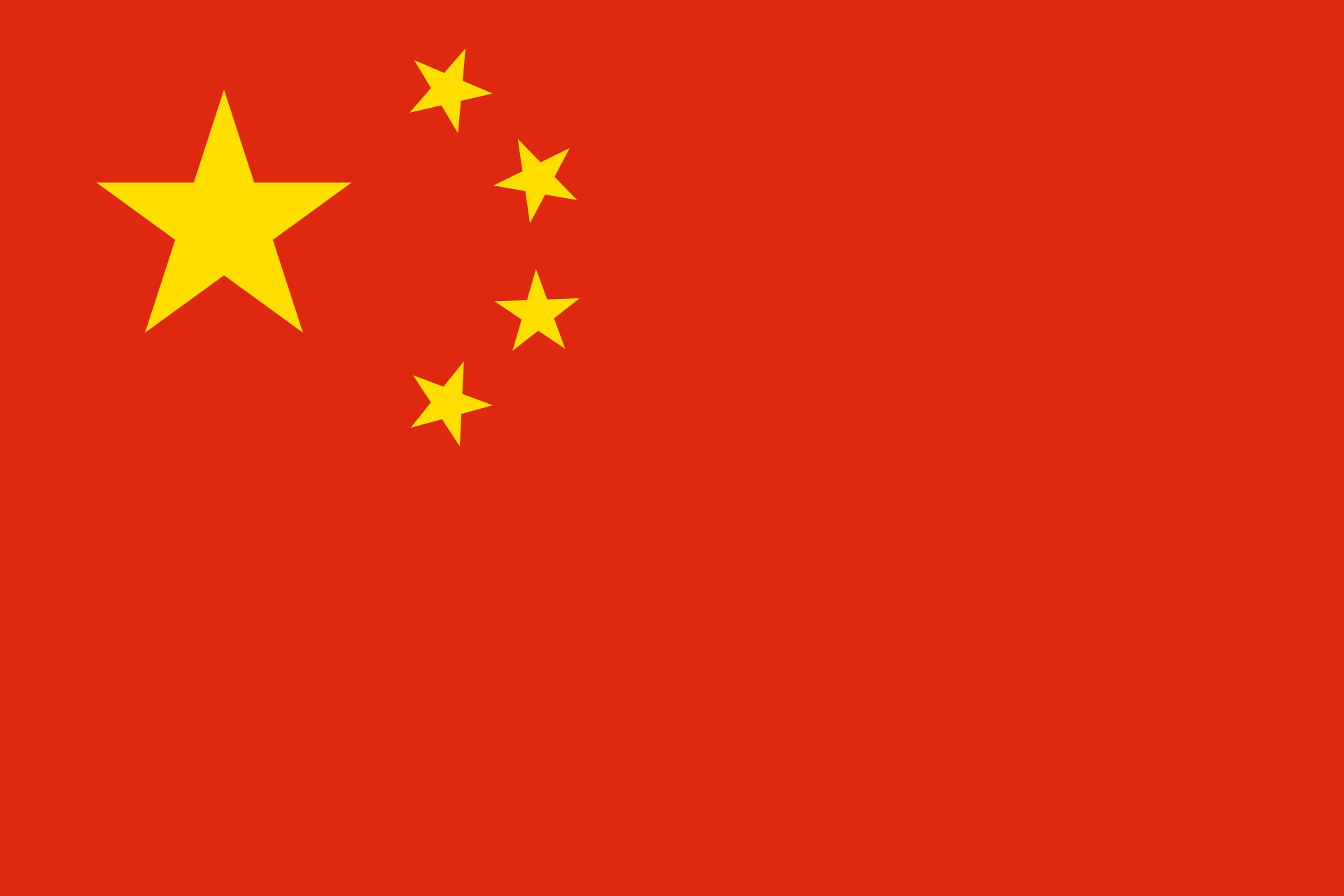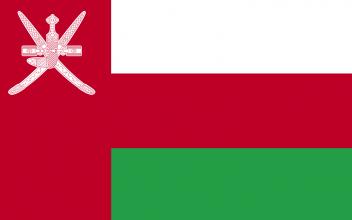The use of sea-charts as an aid to practical navigation was in vogue much before the advent of the European colonial traders in the North Indian Ocean is almost an accepted fact. Yet, such sea-charts do not appear to have survived on the Indian, Arab or African shores. Marco Polo, on his return voyage from China to Venice towards the end of 13th century, is reported to have seen the use of sea-charts by Indian seamen.
The route of the Chinese section of the Silk Road has always varied during its long history. However, three key routes have been identified – the main line (starting in Xian and passing through to Wuquia, to the west of Kashi), and two other routes (both arriving eventually in Wuwei (Liangzhou). Apart from precise literary records, relics such as imported foreign coins (e.g. Byzantine, Sassanian and Arabian), gold- and silver-ware, decorations, glassware and Chinese silk all serve as tangible evidence of significant trade along these three routes.
The Jesuit contribution to the religious and cultural dialogue between Europe and Asia in the 16th to the 18th centuries was as remarkable an achievement as it was a precarious. Certainly, it created ambiguities and tensions, but it did open the door to an indigenous and acculturated Christianity that promised a deep and enriching encounter between East and West.
Until recently, Basra was not considered as a producer of some of the finest Chinese-inspired porcelain. However recent studies suggest that Basra was in fact a centre of some of the finest luxury wares of the time. Being the port where, in the 9th century, imported Tang stoneware and porcelain were first off-loaded from ships, meant that local potters were exposed to new inspiration, which led to experimentation in their own production techniques.
Underwater archaeological sites and wreck sites provide important information on the history of nations and mankind. The Gulf of Siam is one such important site, having been a territorial waterway to and from the Malay Peninsula since the 4th and 5th centuries. Despite reasonably stable weather in the Gulf, conditions could be perilous. The number of shipwrecks to be found here, many of which are still intact owing to the relatively good underwater conditions that enable material objects to be preserved, reflects the risks.
The precise date when exactly Muslims reached the Korean peninsula has been difficult to determine. References to “Ta-shi” (Arab Muslims) can be found in Oriental records that date from the 11th century AD, but there is also evidence that Muslims were in contact with the Korean peninsula from as early as the 7th century. In fact by the 8th century, Muslim navigation manuals reveal that they were plying the eastern seas regularly, establishing colonies along their routes.
During the second millennium B.C., Indo-European peoples, which were known archaeologically as the Andronovo culture, settled in Southern Kazakhstan. They left behind a rich repository of petroglyphs, which they carved into stone cliffs at their cultic centres. While petroglyphs can be difficult to date, because the stone had existed for millennia before being carved upon, the techniques used to carve the pictographs have assisted in the dating process.
The archaeological sites that are centered around Lumbini, Nepal, are unique because of their connections with the birth and life of the Lord Gautama Buddha. Up until the 1990s there had only been minor disturbances to some of the famous sites. However, with growing interest in Buddhism, the creation of a major pilgrimage centre at Lumbini and the uncontrolled development taking place in Nepal, the condition and the environment of these sites could change adversely in a very short space of time.
Founded in 1351, the city of Ayudhya was an important economic and political center of Siam for more than 400 years. Despite being situated about 90 kilometers from the coast and away from the main international sea-routes that pass Malaysia, Singapore and Indonesia, by the second half of the fifteenth century Ayudhya had become a major political center in the Menam Basin, as well as an important trading post.
The Omani people’s initial interest in the sea in the third century BC was probably a result of the following: Oman’s location at the cross-roads between South East Asia, the Middle East and Africa; its long shorelines; and its safe natural harbours in Muscat, Sohar and Qalhat, which become successful trading posts for maritime trade from and to East and West.




